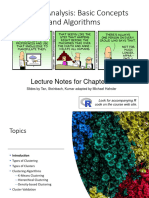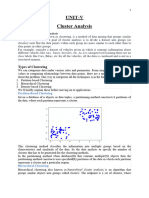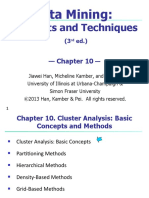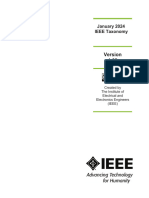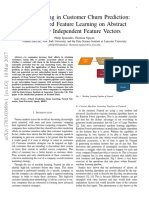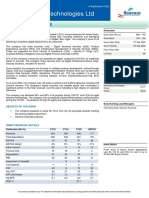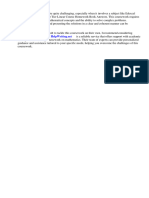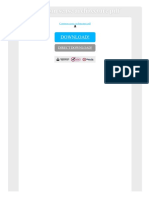0% found this document useful (0 votes)
13 views20 pagesMod3 DM
Cluster analysis is an unsupervised machine learning technique that groups similar data points into clusters without prior labels. It is used to explore data structures, detect outliers, and has applications in various fields such as marketing and biology. Key algorithms include K-Means, hierarchical methods, and density-based methods, each suited for different types of data and cluster shapes.
Uploaded by
divyansh.p.m.126Copyright
© © All Rights Reserved
We take content rights seriously. If you suspect this is your content, claim it here.
Available Formats
Download as PDF, TXT or read online on Scribd
0% found this document useful (0 votes)
13 views20 pagesMod3 DM
Cluster analysis is an unsupervised machine learning technique that groups similar data points into clusters without prior labels. It is used to explore data structures, detect outliers, and has applications in various fields such as marketing and biology. Key algorithms include K-Means, hierarchical methods, and density-based methods, each suited for different types of data and cluster shapes.
Uploaded by
divyansh.p.m.126Copyright
© © All Rights Reserved
We take content rights seriously. If you suspect this is your content, claim it here.
Available Formats
Download as PDF, TXT or read online on Scribd
/ 20












